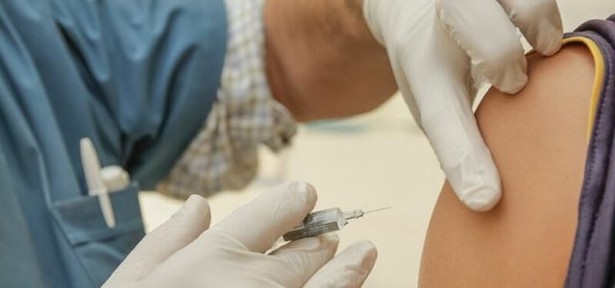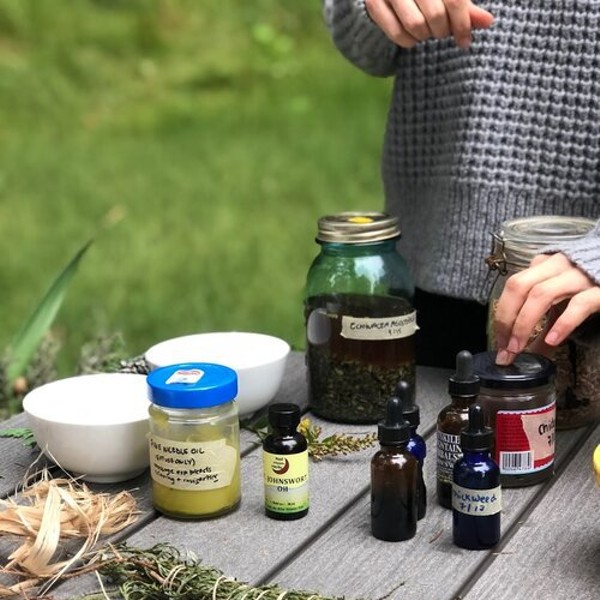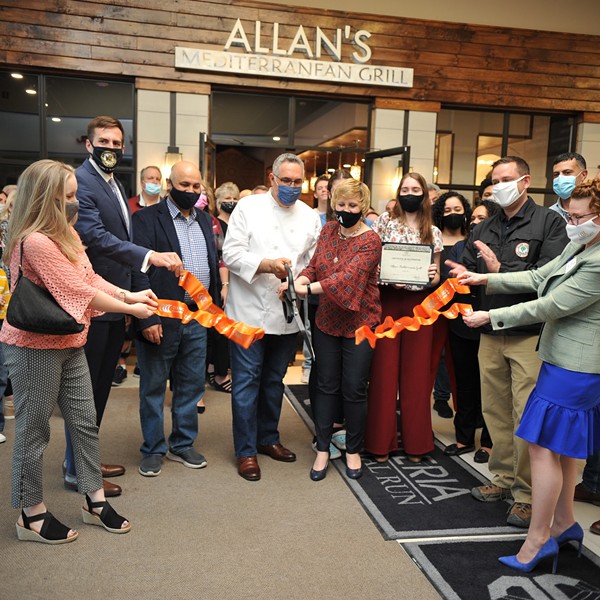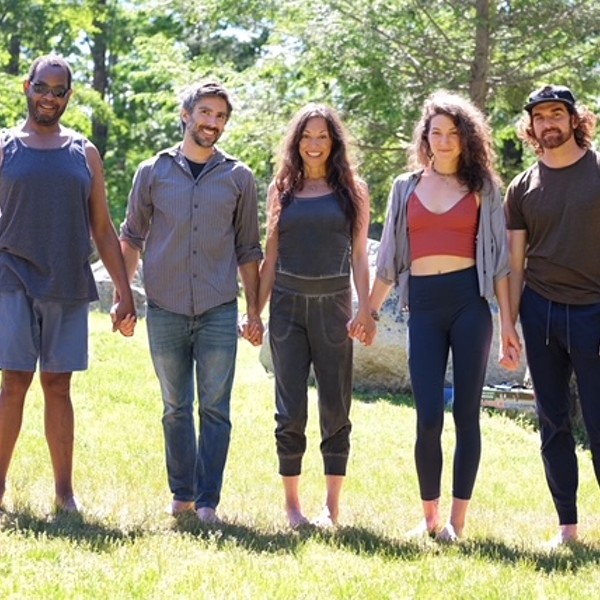Back in December, the Centers for Disease Control and Prevention decided that when COVID-19 vaccines reached the essential worker front line, food and farm workers should be a top priority. States as politically disparate as California and Alabama have followed the CDC's advice and are vaccinating farmworkers.
But not New York. More than a month after Governor Andrew Cuomo added essential frontline workers to the vaccine eligibility list, food and farm workers are still not considered eligible for immunization. Local public health experts are struggling to understand the decision.
It's a decision local public health experts are struggling to understand. "They should be right up there on the prioritization list," says Nancy McGraw, director of Sullivan County Public Health. "They not only tend to be uninsured, but low-income. They struggle with housing, and safety issues, and tend to be communities of color. They're very high risk."
Food and farm workers are a vital piece of the essential front line in New York, but not a large one. According to 2017 figures from the USDA, the state's farms employ roughly 56,000 workers. Another 40,000 unpaid workers, a group that includes the families of farm operators, also work on New York farms. Food manufacturers employ about 11,000.
Compared to the nearly 587,000 people who work in New York restaurants—or the seven million eligible for vaccine in New York's 1b phase—food and farm workers are a drop in the proverbial bucket. But without them, food production in the state would grind to a halt.
An Unconscionable Oversight
"For me, it's unconscionable to think about," says Anne Kauffman Nolon, CEO of Sun River Health. "If you're a grocery store worker, you can get a vaccine. But if you're supplying the grocery store, processing the food, harvesting the food, you can't."
As one of three community health center networks in New York State with a focus on reaching farm and food workers, Sun River has been pushing state and federal officials for vaccine supply. Of the roughly 244,000 people Sun River treats at its community clinics in the Hudson Valley and downstate, about 10,000 are agricultural workers. "People lose sight of the fact that food processing goes on 100 percent of the year," says Nolon. "It's part of the business. They don't put together the food chain, how it really works."
By April, when many holders of H-2A guest worker visas return for the growing season in New York, vaccine eligibility will have opened up, and officials predict that vaccine supply problems will ease somewhat.
But in the Hudson Valley, food workers are at risk now. Much of the region's essential food production goes on year-round, indoors, in environments where the coronavirus is known to spread like wildfire.
Ideal Snacks, a 300,000-square-foot food manufacturing plant in Liberty, employs hundreds of workers. So does Murray's Chicken, a company that raises humane-certified chickens in Pennsylvania and slaughters them in South Fallsburg. Sullivan County is also home to the nation's only foie gras producers, La Belle Farm and Hudson Valley Foie Gras, and the two farms employ about 400 workers in the labor-intensive process of fattening ducks as well as slaughtering and processing. In Orange County's Black Dirt region, where onions are a $25 million industry, workers in plants process and bag onions to supply grocery stores across the country. Dairy is not the economic powerhouse it once was in the Catskills and Hudson Valley, but milk production goes on year-round.
A Network in Place
Early on in the pandemic, Sullivan County saw outbreaks at multiple food processing workplaces. County public health officials worked with employers and did Spanish-language outreach in food worker communities to get workers tested, put safety protocols in place, and connect sick workers with medical care.
Large local food employers have risen to the challenge of making their workplaces safer, McGraw says. "It's been pretty quiet for the last several months—knock on wood," she says. But McGraw remains worried about the food workers in her county, and has asked employers to have lists of workers ready so that the moment vaccine becomes available to them, county health officials can get to work vaccinating them.
Mary Jo Dudley, director of the Cornell Farmworker Program, is also ready to act on vaccines. For decades, her program, which helps connect farm and food workers across the state with resources of all kinds, has been a face-to-face operation. But pandemic has forced even the least online of us to find new digital tools. Last spring, Dudley's program quickly spun up a text messaging network, 3,000 farm workers strong, to send vital pandemic information to workers and get information on what they needed.
When the vaccine becomes available, Dudley says, that network will know. "We're firing them up already, getting them prepped," she says.
Both farmers and worker advocates have put pressure on state officials to make farm workers eligible, Dudley says. In late January, the New York Farm Bureau—not exactly a bastion of immigrant advocacy—made a public statement calling on the state to add workers to the eligibility list.
Worker advocates and farmers alike are hoping that a recently announced federal program delivering vaccines directly to community health centers like Sun River will change the landscape in New York, both for vaccine supply and eligibility.
There's a certain cruel irony in New York State excluding food workers from the essential front line. In public coronavirus briefings, Cuomo has often hailed the importance of New York's farms in feeding a state made poorer and hungrier by the pandemic. The state has poured $35 million into Nourish New York, an initiative bringing New York-grown and processed foods to local food banks across the state.
Rural Communities Ignored
When the vaccines appeared on the stage, another narrative emerged in the governor's briefings: The importance of reaching Black, brown, and poor New Yorkers who are underserved by healthcare.It would be hard to imagine more vulnerable and underserved communities than the workers, mostly immigrants and many with limited English, who grow and process food in rural New York State. But the state's vaccine equity outreach efforts have mostly been focused on urban churches and public housing, and the limited data published by the state on vaccine equity is too broad to paint a true picture of the scale of the rural problem.
To Nolon, Sun River's public health mission is clear. "In rural areas, this is the population we should be focused on," she says.
Sun River's health centers are doing what they can to prioritize food and farm workers among those already eligible. Some will qualify because of pre-existing medical conditions, a group recently added to the state's eligibility list. Few food and farm workers qualify based on age, Nolon says.
"Basically, farm worker ages aren't older," she says, struggling to find the right words. "Their life expectancy is significantly less than the general population's."
Lissa Harris covers the pandemic for The River Newsroom. Sign up at Therivernewsroom.com for COVID-19 news and policy across the Hudson Valley and Catskills region via TRN's email newsletter.

















